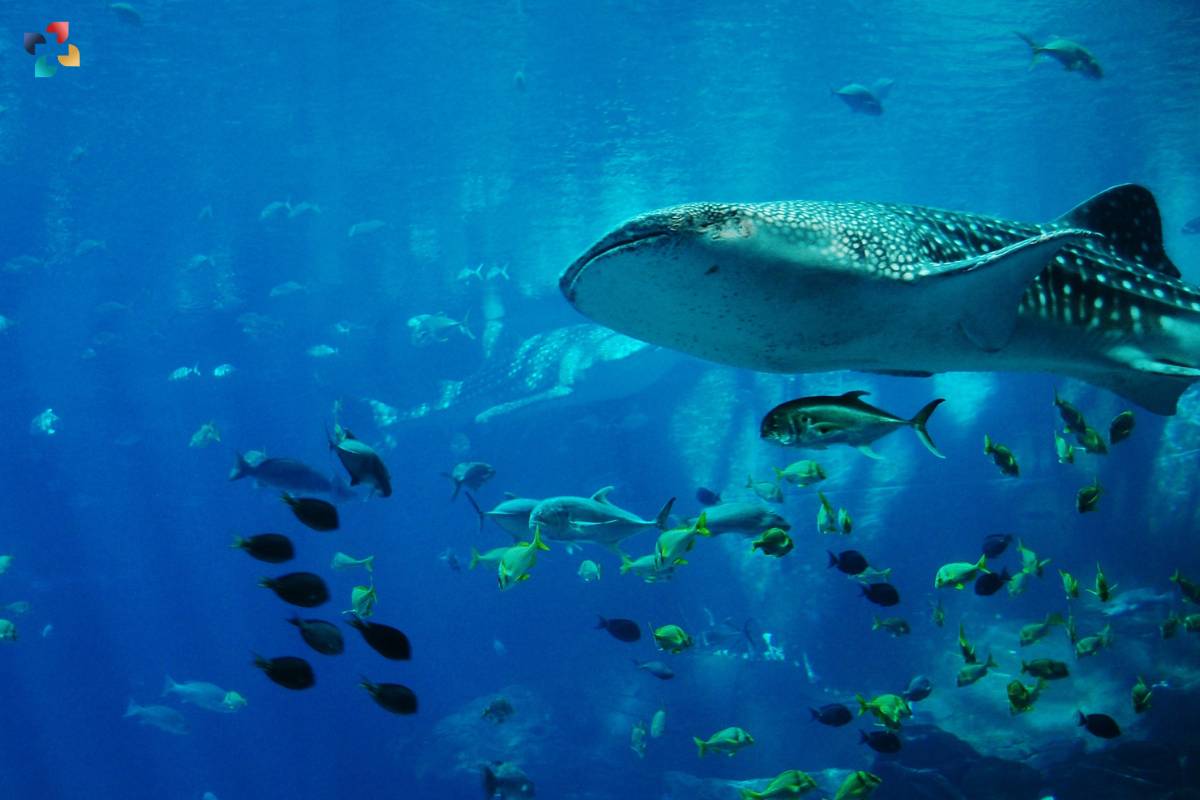A recent study published in the journal Foods sheds light on the environmental challenges facing the Mediterranean Sea, a biodiversity hotspot. Conducted by researchers from Italy, Albania, and Montenegro, the study focused on assessing contamination levels of cadmium, microplastics, and antibiotics in fish and cephalopod species. Despite negligible contamination by cadmium and antibiotics, alarming levels of microplastics were found in the stomach and gut of Sparus aurata (Gilt-head bream) and Dicentrarchus labrax (European seabass).
Background and Study Details
The Mediterranean Sea is under constant threat from pollution, stemming from industrial and anthropogenic activities. The Adriatic Network for Marine Ecosystem (ADRINET) project, spanning from 2018 to 2020, aimed to address these challenges by improving coastal management and preserving biodiversity in collaboration with Italian, Albanian, and Montenegrin partners. Biomonitoring campaigns targeted key fish and cephalopod species, analyzing contamination levels of cadmium, microplastics, and antibiotics. Sampling was conducted in three Mediterranean bays—Castro Bay (Italy), Vlora Bay (Albania), and Boka Kotorska Bay (Montenegro)—from 2018 to 2020.
Results and Implications
The study revealed concerning findings regarding microplastic contamination, with all samples from the three bays containing microplastics in the gut and stomach of Sparus aurata and Dicentrarchus labrax. Notably, microplastic counts were highest in Castro Bay, highlighting regional disparities in pollution levels. Additionally, antibiotic residues were detected only in samples from Castro Bay, indicating localized contamination. These findings underscore the urgent need for monitoring and cleanup initiatives to mitigate pollution sources and ensure seafood safety. Leveraging the ADRINET project framework could serve as a model for regional or national adoption, facilitating effective monitoring of seawater pollution and safeguarding marine ecosystems.
In conclusion, while environmental conditions in the studied bays may seem positive with low chemical contaminant levels in fish, the prevalence of microplastics poses a significant threat to marine life and human health. The data gathered from the study will inform strategies to ensure seafood quality and safety, supporting economic growth and environmental sustainability in the Mediterranean region.
Also Read: Understanding Immature Granulocytes: Functions, Significance, and Clinical Implications











